It’s at 160mph on Hangar Straight that my internal monologue pipes up for the first time since leaving the pits. Who the hell do you think you are? Kévin Estre?
Fair question. I have, by twisting one of four dials on the steering wheel through a solitary ‘click’, just adjusted the behaviour of the limited-slip differential of our Porsche 911 GT3 RS, in anticipation of entering one of Silverstone’s many committed right-handers.
Specifically, I’ve requested a decrease in the locking effect during ‘coast’ (that is, off the throttle). This should provoke the car into rotating more freely during the trail-braking phase.
As a result, it should be pointing out of the bend sooner, those magnesium front wheels all the straighter for maximum uncorking of the 518bhp 4.0-litre flat six nestled behind me. It is, in theory, a sensible approach.
But here’s the thing: Estre, among the quickest of all Porsche’s superhuman works drivers, will tinker with controls on the yoke of his £650,000 911 GT3 R because it can mean the difference between victory and defeat in some of the greatest races in motorsport.
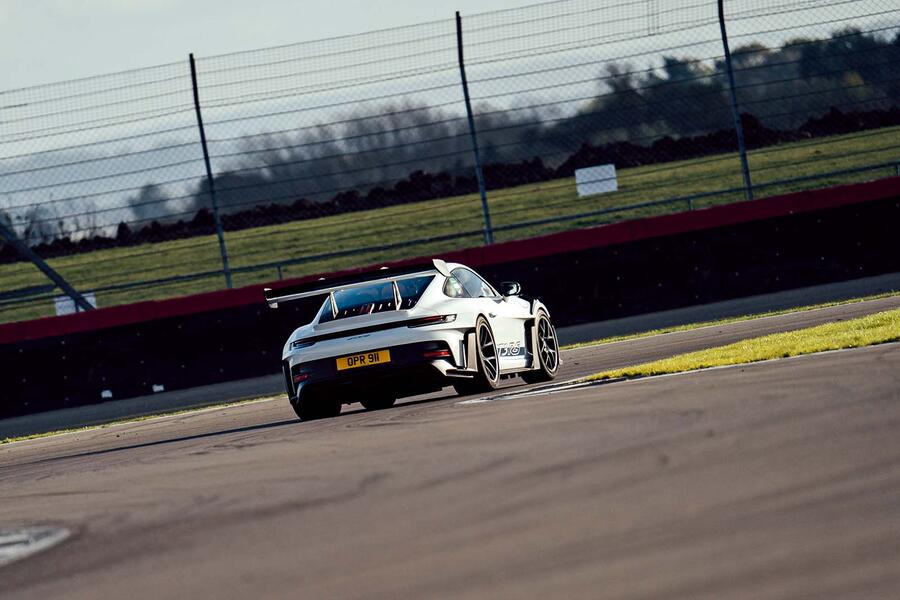
Doing the same in an amateur setting feels just a bit pretentious. Are you really good enough to notice any change and take advantage? Even if you are, does it actually matter?
To learn more, we have come to Silverstone, minds open. It is, after all, easy to snort in derision at the complexity of the driver-configurable ecosystem in the latest RS-series uber-911. In terms of outward appearance, the cabin is hardly the flight deck of Concorde, yet it offers no fewer than 6561 damping combinations.
That isn’t a typo. Compression and rebound can be adjusted independently through nine settings, and for each axle separately.

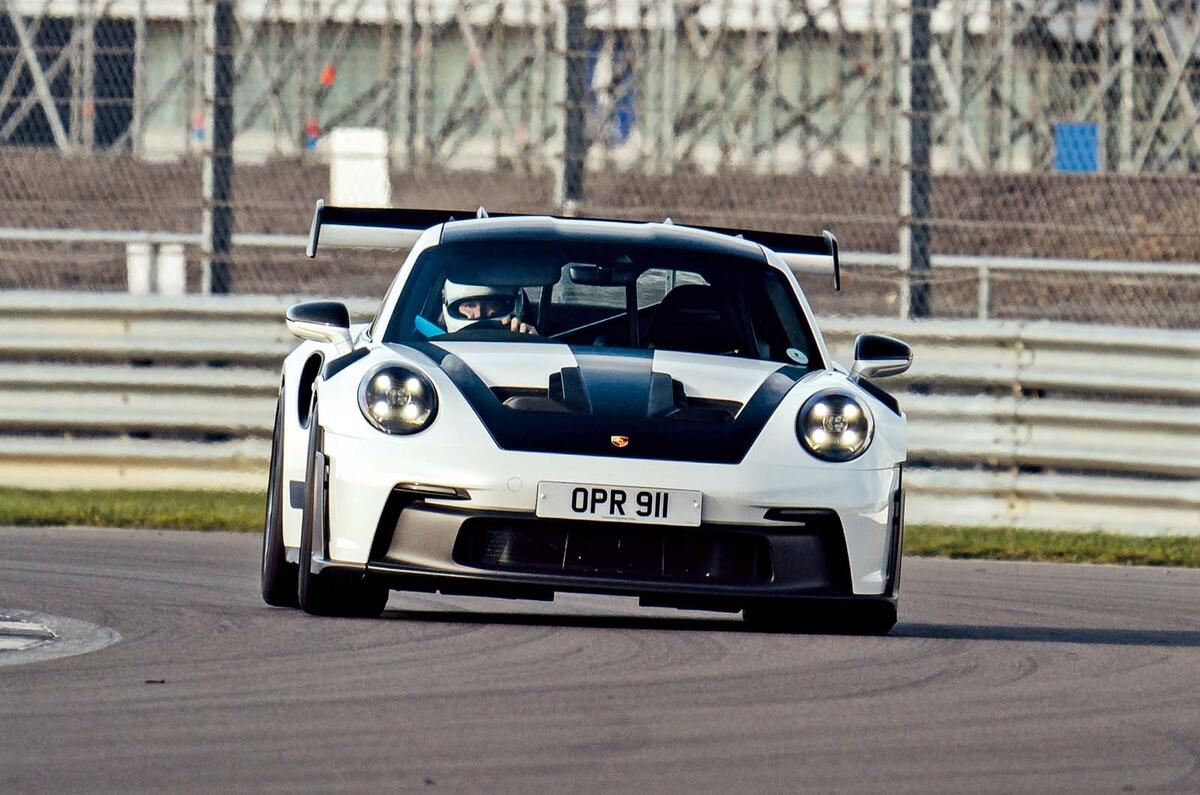

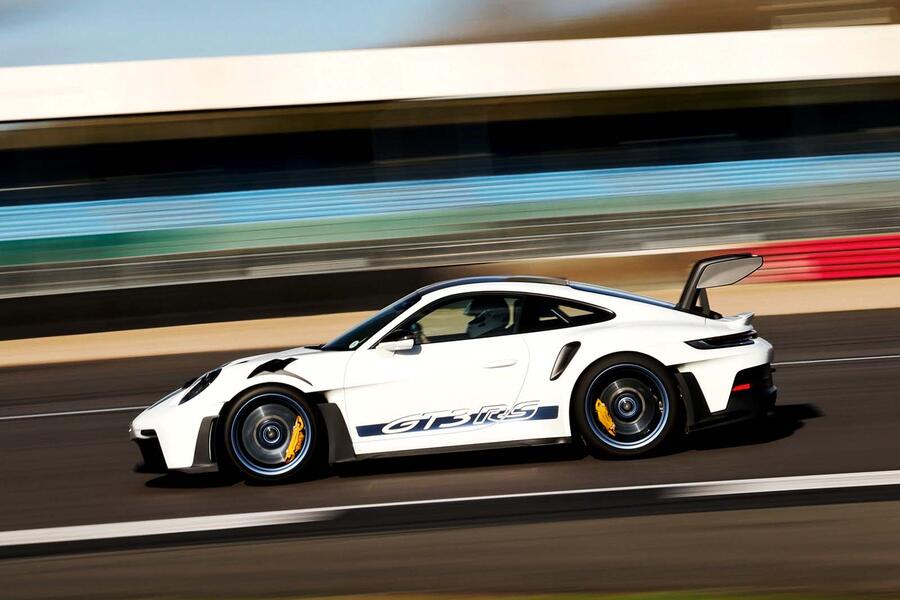
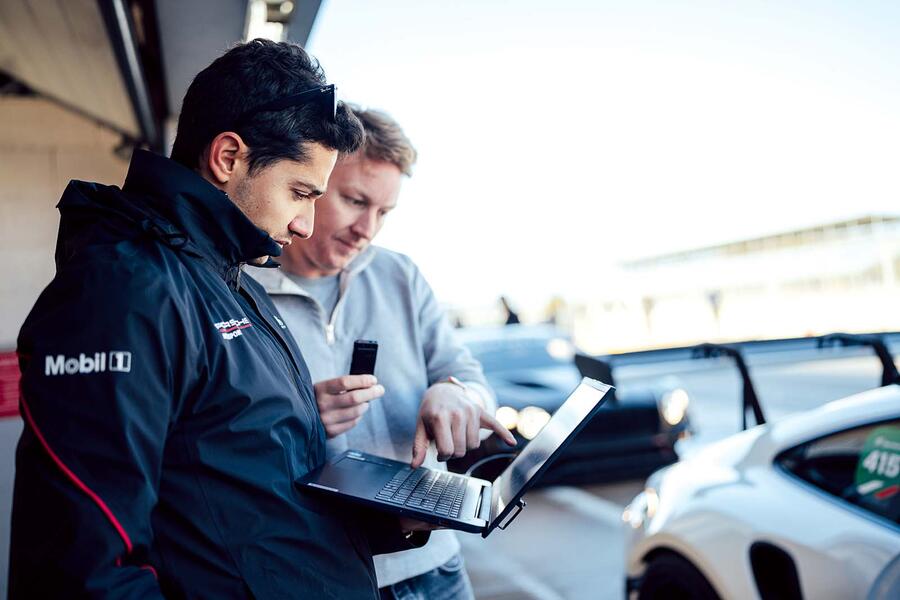
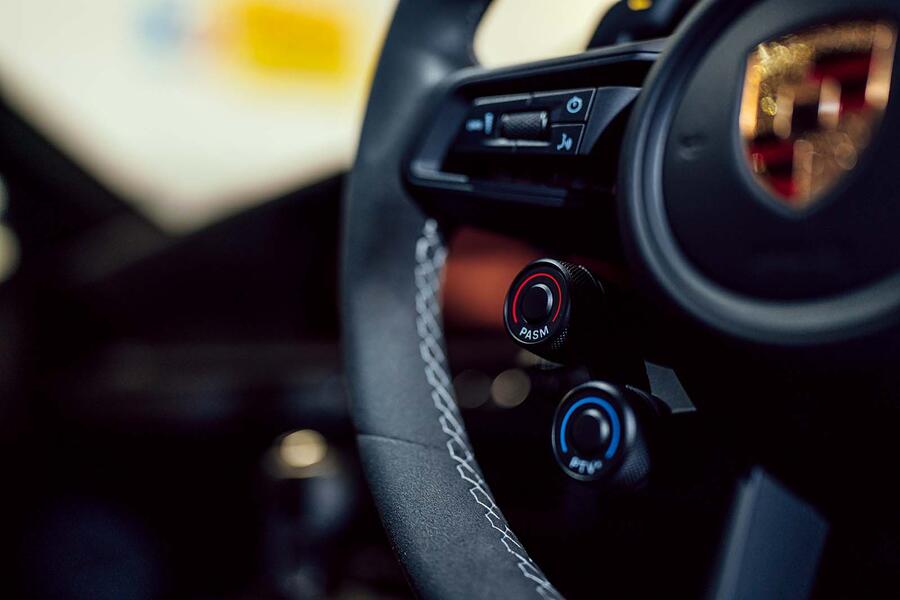
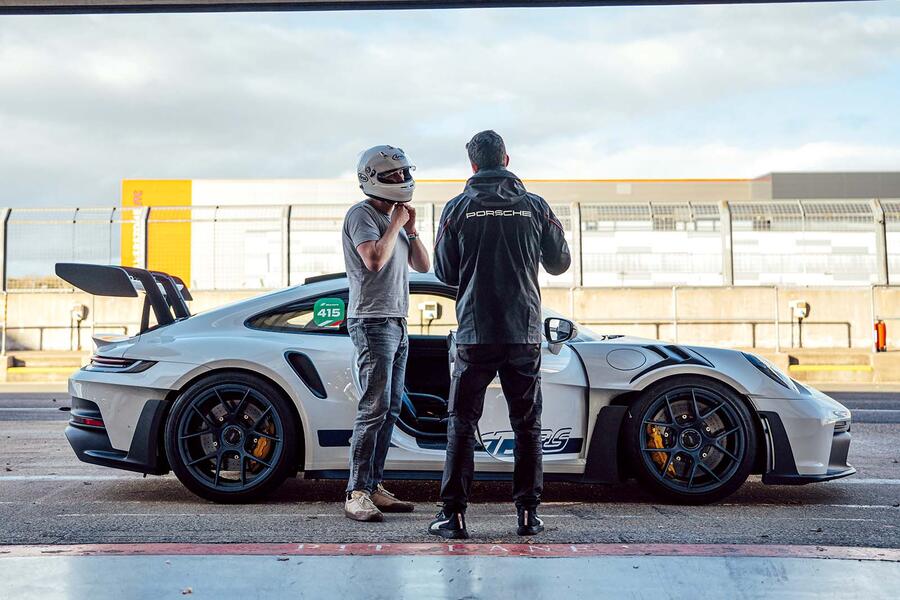
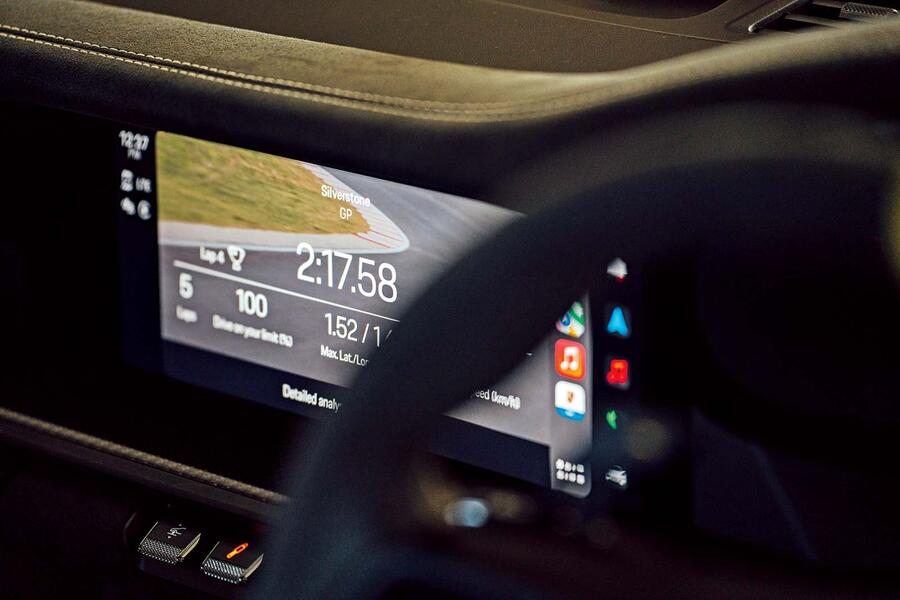






Add your comment